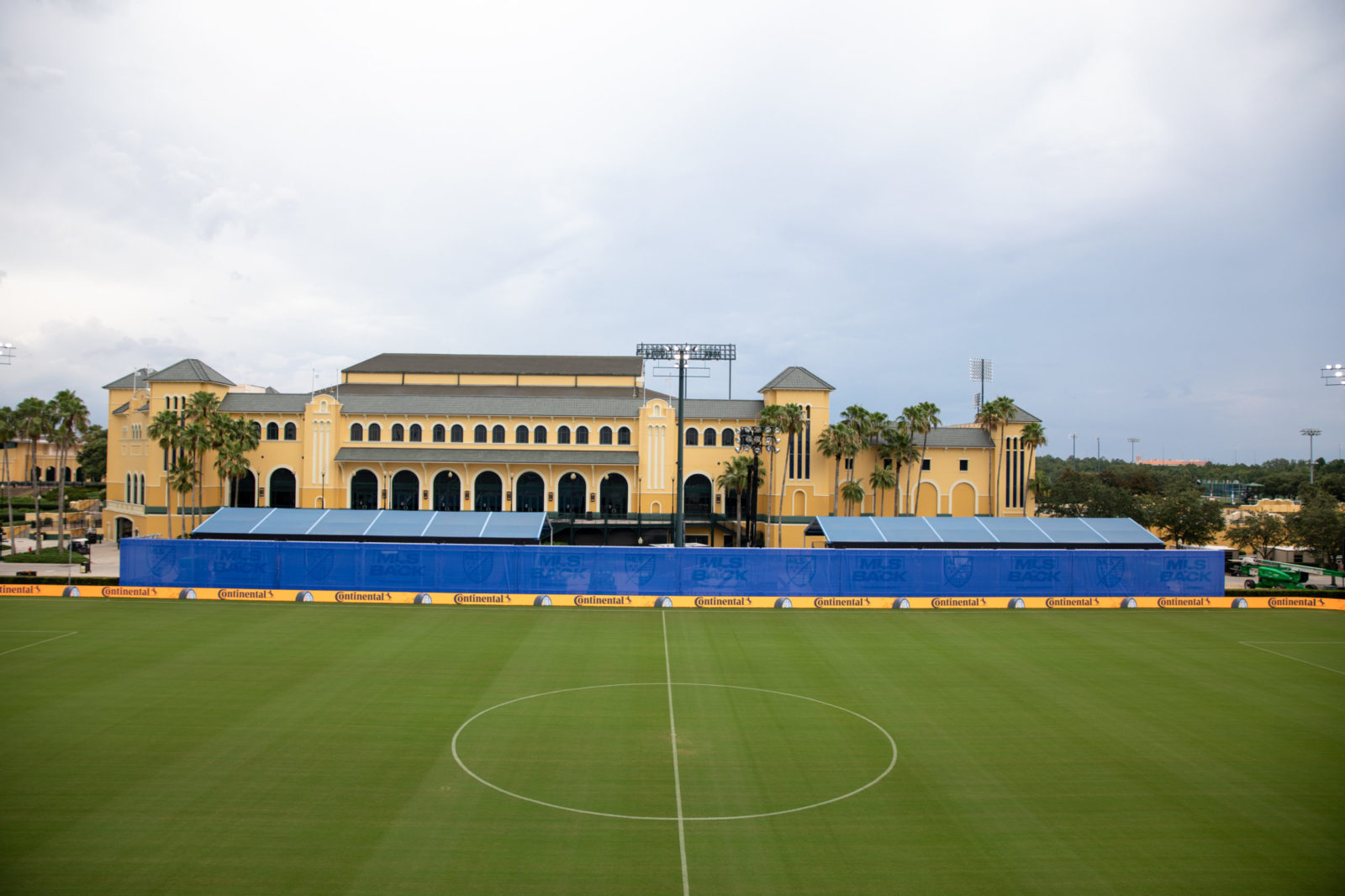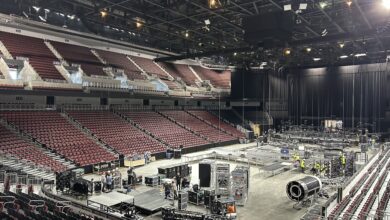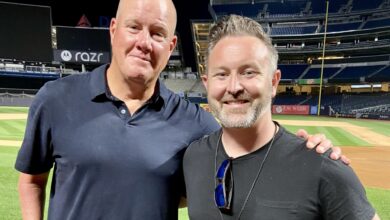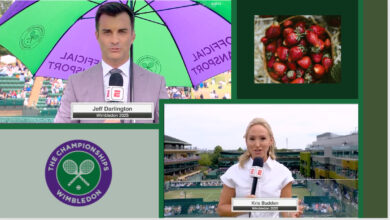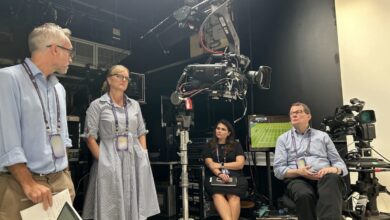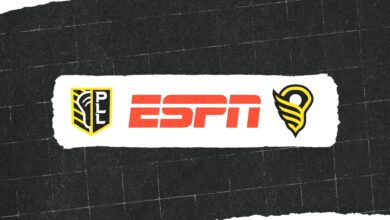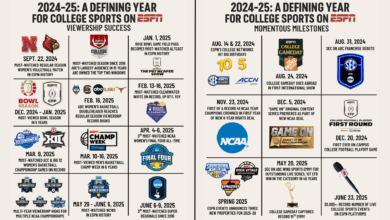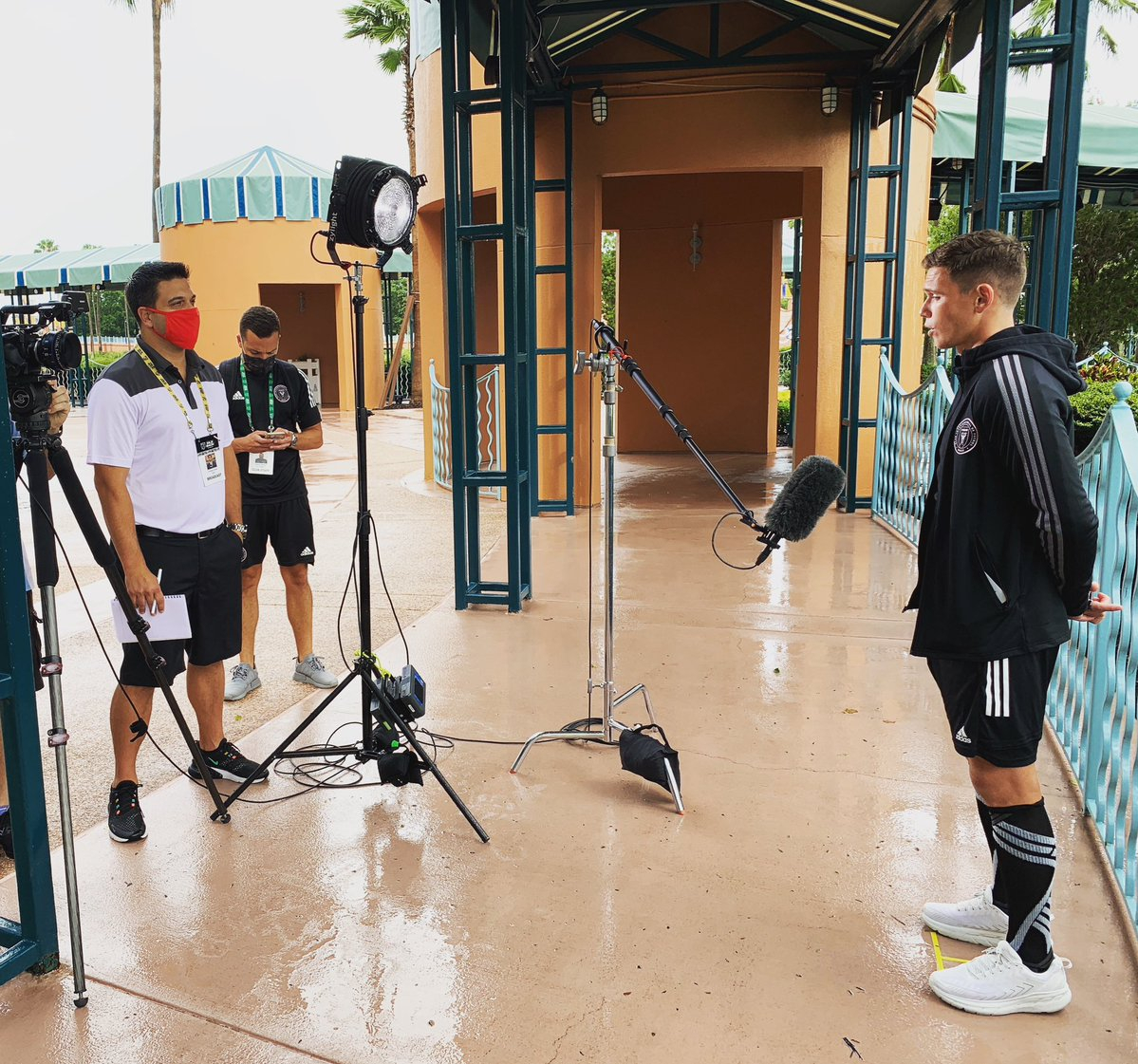
With the MLS is Back Tournament scheduled to debut Wednesday, followed by the planned return of additional sports and leagues, ESPN Executive Vice President, Event and Studio Production, Stephanie Druley, offered these thoughts about overall production plans.
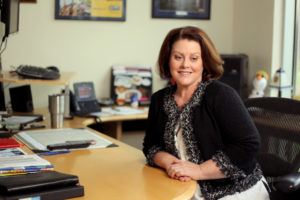
What is ESPN’s overall goal with event coverage plans in these unique circumstances?
Our overall goal is to deliver the highest level of production that fans have come to expect from ESPN for decades. Our business model is quality. Fans in the crowd or no fans, a few cameras or many cameras, overflowing stadiums, or empty arenas, the viewer experience still needs to be great, and we anticipate that it will be.
What are the expectations for your coverage approach?
We are going to try new things and innovate. We will have cameras and microphones in places that fans are simply not accustomed to. In the case of the MLS, each ESPN telecast will have an MLS Cup level of coverage. The hope is that the overall production approach and the distinctive tournament format will further increase the fan base.
How would you describe the audio elements in the event production plans?
Audio is such a critical component of a sports production, yet it is often overshadowed because video can be so breathtaking and dramatic. This situation we have in front of us will allow for different forms of audio to develop into a major focus area. The decisions around audio in venues are being driven by the individual leagues. Different leagues will pump audio into the venues, while others will rely more heavily on natural game audio. Our goal is to be aggressive. We plan to inject as much natural sound as possible, which will truly bring fans closer to the action and play a crucial role in telling the story of each event. All of this has is the result of ongoing constructive conversations with leagues about maximizing the viewer experience. We plan to have microphones in as many places as possible – embedded in the field of play, around the goals, on the referees and beyond, depending on the sport.
It’s safe to say that we will try some things that work and try other things that don’t land quite right. It’s all part of the experimentation process, and that’s OK. This is an adjustment for everyone — for fans, for leagues, and for ESPN.
– ESPN EVP, Event and Studio Production, Stephanie Druley on incorporating crowd noise during the live telecasts
How do you plan to potentially incorporate crowd noise for each event?
What we’ve seen in recent weeks and will see more of going forward is that it’s not one-size-fits-all relative to crowd noise opportunities for sporting events with no fans. It has to be organic to the setting. In discussing with various leagues and event organizers, the important questions we are collectively asking are what is organic to that sport’s experience and, therefore, what sound enhancements make sense for those telecasts? It’s safe to saIy that we will try some things that work and try other things that don’t land quite right. It’s all part of the experimentation process, and that’s OK. This is an adjustment for everyone — for fans, for leagues, and for ESPN.
What opportunities are you pursuing for camera angles?
Fans can expect to see unique camera angles and technology that aren’t common in a normal season. We will have the ability to use drones at MLS and for NBA exterior shots. The MLS will feature pole cameras and OmniCam (similar to SkyCam) and goal post cameras which are exclusive to the ESPN games. The NBA production team will have rail cameras at each venue and access to Second Spectrum elements, among other technologies. For safety reasons, we will also utilize an unusual number of robotic cameras for both sports.
Nothing is more important for us than focusing on the safety of our people. There will be different levels of access by our team members. For example, only a certain level of people will be closely interacting with players, while other groups of people will be more isolated within our production compound. – Stephanie Druley
What adjustments are being made to ESPN’s game productions to reflect this era of the pandemic?
Nothing is more important for us than focusing on the safety of our people. There will be different levels of access by our team members. For example, only a certain level of people will be closely interacting with players, while other groups of people will be more isolated within our production compound. We are going to safely space people, and depending on the league, we plan to use our facilities at our Bristol headquarters as a companion to the on-site production elements in Orlando and beyond.
How will commentators be integrated, and what impact will their location have on the telecasts?
Our approach will vary given the limited access levels and the necessary parameters on safety. We are obviously comfortable if our commentators won’t be on-site; we’ve had extensive experience over the years with remotely called events, and it’s been seamless for the most part. Part of the benefit of a commentator being on-site is the crowd and the electricity of the atmosphere, which will largely be absent for the upcoming sports. We will call the MLS games from Bristol, while having a reporter on-site in Orlando within the MLS bubble. NBA games are scheduled to be called from Orlando. In addition, we expect to have studio shows on site once we get to the Eastern Conference Finals and NBA Finals.
What have been some key takeaways from ESPN’s productions during the pandemic?
This is a pivotal moment for production in general. Our overall ingenuity these past few months has been incredible. From commentators calling Korean baseball games from their homes to our operations teams creating more than 100 home studios for our on-air people to studio shows completely produced from people’s houses. Some of these things were unthinkable when 2020 began. It’s unbelievable what’s been done in such a short time. What has happened in the last four months can truly reshape and reset everything. It will change our acceptance level and how we prioritize. Our eyes have been opened. Like the rest of the industry, we are carefully examining everything we do and how we do it.
Any thoughts looking ahead toward football season?
We are challenging our own creativity in how we approach college football in particular. We’ve had conversations around how we can incorporate the passionate fan bases — the backbone of college football — and what that could look like. On the studio side, as one example, it’s hard to imagine College GameDay without throngs of fans, who are such an integral part of the show. Yet, we obviously have had to examine what different forms of that show can look like in this ever-changing environment. We are also in regular touch with the NFL, and we are looking to build upon the successful NFL Draft telecast, which in many ways revolutionized the fan and viewer experience. I would say that the best way to sum up our football approach is everything’s been discussed yet nothing’s been decided.
